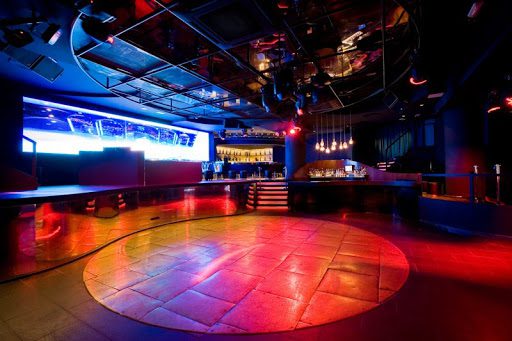BULLRINGS AND CASINOS
In the same way, the Government will allow the reopening of the outdoor bullfighting facilities -the bullrings- this Monday , but only with 30% of its capacity, pre-assigned seats and never more than 400 people if they are in territories in Phase 2.
The conditions are extended if we talk about zones in Phase 3. In this case, the places can be occupied up to 50% of the capacity and never exceeding 800 people. They are very restrictive limits if one takes into account that, for example, the Plaza de Las Ventas in Madrid has a capacity of almost 24,000 people; the Maestranza de Sevilla, of 12,500, and the Monumental de Pamplona, of almost 20,000 people.
The main changes in Phase 3 are:
- Nighttime bars and nightclubs can open with a third of their capacity. But dancing is not permitted, given that “when there is an area used for a dancefloor or similar in a venue, it should be used to install tables or groups of tables, and cannot be employed for its habitual use.” Social distancing measures will still apply, and if they cannot be observed, the use of masks will be obligatory.
- Bull rings can reopen with pre-assigned seats and without exceeding “half of the authorized limit, and in all cases not exceeding 800 people.”
- Casinos, gambling halls and other venues for these activities can open, with a maximum of 50% of capacity. The limit of 50 people including employees is removed.
Changes in Phase 2 include:
- Bullrings and open-air bullfighting installations can open, provided seats are pre-assigned and capacity does not exceed a third of that authorized, with a limit in all cases of 400 people.
- On buses and trains “where all occupants must be seated, all seats can be used. When the level of occupation permits, the maximum space between users should be observed.” Until now, it was obligatory to leave a seat between passengers. If there are areas for travel while standing, all of the seated spaces can be occupied, with occupation while standing of two users per square meter, with the greatest separation possible. Until now, half of the seats had to be left empty in these cases, with the row of seats behind the driver also unoccupied.
- In vehicles with up to nine seats, the rules do not change. If all of the occupants live together, all spaces can be occupied. If not, “two people can travel in each row of seats, as long as the maximum distance possible between occupants is observed.”
- In taxis and other public transport vehicles with up to nine seats, nothing changes: the passenger seat must be left empty, and three people can sit in a row if they live together, two if not.
- Two-seat motorcycles and scooters can now be occupied by two people, doing away with the restriction from May 9 that this could only happen when full crash helmets or masks were worn, or in the case that the passengers lived together. Passengers will still have to use gloves, as will the rider if the vehicle is a shared motorcycle.
- The capacity of hostelry and restaurant establishments cannot exceed 50%, always with distance between tables.
TERRITORY MOBILITY IN PHASE 3
The order also determines that the autonomous communities that pass as a whole to Phase 3, and thus have requested it to the Ministry of Health, become territorial units as of June 8. In this way, each autonomous community will be able to decide for itself whether it allows movement mobility within the whole of its territory.
The territorial units, in Phase 3, as of this Monday are:
Andalusia
Aragon
Asturias
Balearic Islands
Canary Islands
Cantabria
Castilla-La Mancha
Catalonia
Galicia
La Rioja
Murcia
Navarra
Melilla
The regional governments of Andalusia, Aragón, Asturias, the Balearic Islands, the Canary Islands, Cantabria, Galicia, Murcia, Navarre, the Basque Country and La Rioja, as well as the North African exclave city of Melilla, will all be able to allow free movement within their entire territories from Monday, once they enter phase 3 of the deescalation plan.
Andalusia and the Basque Country announced on Saturday that they will permit their residents to move freely between provinces. Mobility between regions will still not be permitted until at least June 22 at the end of the state of alarm.
Phase 3 request:
Madrid will enter phase 2 on Monday 8 June health chief Enrique Ruiz Escudero stated on Saturday that the region will request to move to Phase 3 in one week, instead of the two weeks set out by the central administration.





